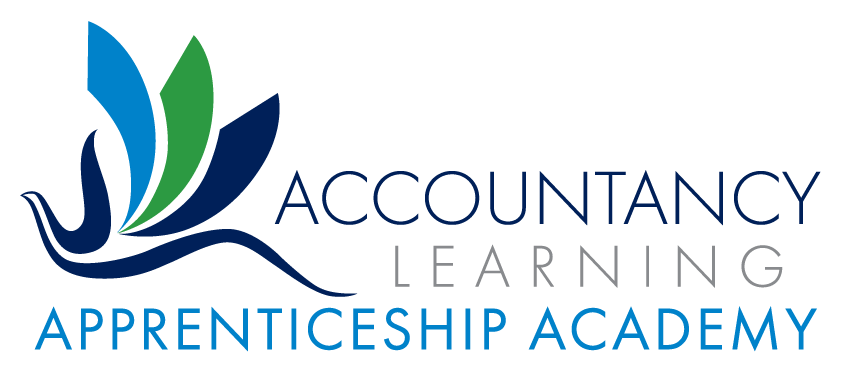Recent changes to the Accounts/Finance Assistant Level 2 Apprenticeship and the Assistant Accountant Level 3 Apprenticeship aim to ensure accounting apprenticeships remain relevant and effective in the workplace. The new ‘Duties’ elements of accounting apprenticeships have been designed to better prepare apprentices for real-world responsibilities and enhance their skill sets.
Accountancy Learning is now delivering these updated apprenticeship programmes. Read on to explore the new duties elements, why they’ve been introduced, and how they can be effectively integrated into both learning and workplace practice.
What are the new duties and elements of accounting apprenticeships?
The duties elements are explicit tasks and responsibilities that apprentices are required to demonstrate proficiency in during their training. These duties ensure that apprentices are job-ready by focusing on the key activities and competencies expected of accounting professionals at their respective levels.
For the AAT Accounts/Finance Assistant Level 2 Apprenticeship, these duties include tasks such as:
- Supporting month-end processes.
- Undertaking routine reconciliations.
- Communicating financial information to stakeholders clearly and concisely.
Here is a full breakdown of the Level 2 Apprenticeship duties and details of Accountancy Learning’s Level 2 offering.
For the Assistant Accountant Level 3 Apprenticeship, the duties expand to include:
- Preparing draft financial statements.
- Conducting variance analysis and reporting findings.
- Ensuring compliance with relevant regulations and internal controls.
The AAT Level 3 Apprenticeship duties can be found here, along with more information about Accountancy Learning’s Level 3 apprenticeship programme.
Each duty is mapped to specific knowledge, skills, and behaviours within the apprenticeship standard, ensuring a holistic approach to learning and assessment.
Why have the duties elements been introduced?
The introduction of duties elements of accounting apprenticeships addresses feedback from employers, training providers, and industry bodies. The aim is to bridge the gap between theoretical learning and practical application, creating a more seamless transition from apprenticeship to employment and a long-term career.
Key drivers behind these changes:
- Workplace relevance: Apprenticeships should reflect real-world responsibilities to enhance employability.
- Regulatory alignment: Duties are aligned with professional accounting standards and regulatory requirements, ensuring apprentices gain up-to-date knowledge.
- Clearer expectations: A structured outline of expected competencies benefits both apprentices and employers, promoting accountability and measurable progress.
- Improved assessment: Focusing on specific duties makes the End Point Assessment more targeted, allowing apprentices to demonstrate their abilities in tangible ways.
These updates also align with the broader goal of developing employees equipped to adapt to the changing needs of the accounting and finance sector.
How to use the new apprenticeship duties in practice
Integrating the new apprenticeship duties into daily workplace activities is key to maximising their impact. Here’s how apprentices and employers can collaborate to ensure the successful implementation of these duties:
For apprentices:
- Understand the duties: Familiarise yourself with the list of duties in your apprenticeship standard. Break each duty into smaller, actionable steps to integrate them into your day-to-day tasks.
- Seek opportunities: Proactively ask your employer for opportunities to practice these duties. For example, if “Identify, collate and process financial and accounting data” is one of your duties, ask to get involved in bookkeeping tasks.
- Track your progress: Maintain a log of tasks completed and skills developed. This will serve as valuable evidence during your End Point Assessment.
For employers:
- Provide real-life examples: Assign tasks that align with the apprentice’s duties, ensuring they gain hands-on experience from everyday tasks in the office.
- Offer guidance: Pair apprentices with experienced mentors who can provide support and feedback on duty-related tasks.
- Monitor development: Regularly review the apprentice’s performance against the duties, using this as a basis for constructive feedback and further training.
The benefits of the new duties elements of accounting apprenticeships
By focusing on specific duties, the updated apprenticeships offer several benefits:
- Enhanced employability: Apprentices can confidently step into their roles, knowing they have the practical experience to back their knowledge.
- Stronger employer-apprentice relationships: Clear duties provide a better framework for developing better, productive relationships between the employer and apprentice.
- Higher End Point Assessment pass rates: Apprentices who have accomplished their duties are more likely to succeed in their assessments, demonstrating their value to current and future employers.
Why choose Accountancy Learning for your accounting apprenticeship?
At Accountancy Learning, we have integrated the new duties elements across the Levels 2 and 3 accounting apprenticeships. Our experienced tutors provide personalised support and a practical approach to the training programme to ensure apprentices not only meet but exceed the expectations of their roles.
We work closely with employers to design training plans aligning with their business goals, helping the apprentice and the organisation thrive.
If you want to learn more about the new duties elements of accounting apprenticeships and how they can benefit your business or career, contact us today at 01392 435349 or email [email protected].




